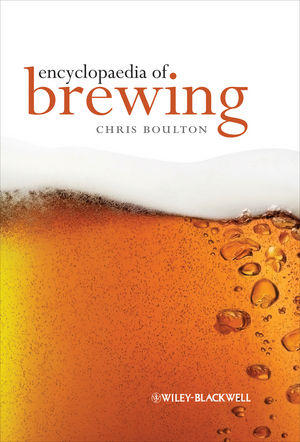Operations Perspective
Beverage operations realize benefits of digital advancements
Formulation, packaging, storage and distribution all reap benefits

Recently, a robust research effort was initiated to answer questions posed at a technical conference: “what does going digital mean?” and “what do you mean by digital?” The variety of answers received was interesting because they demonstrated different interpretations of the questions, as well as a real understanding of the term “digital.”
After discussions, reviews and observations of digital applications with beverage producers, equipment manufacturers and support service people, it became apparent that going digital meant whatever the individual interpreted it to mean. Therefore, the research effort concluded that to reasonably understand the digital syndrome, a basic and fundamental approach should be used to establish definition, application and answer the all-important question of why go digital?
From an operations perspective, based on six decades of experience in the beverage arena, using the supply chain format is a logical and inclusive approach to review and answer the “why go digital” question. The format sequentially covers the functional activities from materials processing, through salable product distribution, and provides the opportunity to focus on the feasibility of digital (or automation) application at each workstation. The approach involves analysis of input/output conditions at that operation, as well as possible interfacing with subsequent workstations in the line.
Such an approach can apply to any segment of the alcohol and non-alcohol beverage market. Taking this approach requires working knowledge of what digitalization means. Up front, going digital as a basic intent should be a program designed to be more efficient, improve productivity, provide instant monitoring and entail becoming more cost-effective with actionable data.
An initial step for implementing digitalization is to define what is meant by digital. One way is to compare digital and analog. An analog clock records time by mechanical gears and sprockets that move hands to denote time on a numerical face, while a digital clock records time using programmed chips and/or diodes that display digital numbers on a screen of some type.
Regardless, going digital for any accumulation of data requires the application of electronics where data can be programmed and displayed as digits. In other words, digital systems store data in a discreet way, while analog systems store data in a continuous way. For this reason, analog systems are difficult to interface with other applications, but digital systems using discreet storage can be programmed to interface with other applications, even on a global basis.
Once there is an understanding of digital and what labor, time and other cost-saving benefits can be derived from installing digital type systems, a digital team is needed to make comprehensive studies at workstations where data accumulation or monitoring is required to determine digital feasibility.
Beverages have been going through a subtle evolution into digital app-lications for at least 50 years. Many past digital approaches actually began through technology developments where machinery was designed to replace manual tasks throughout the chain. Following the chain will exemplify where beverages have gone digital in this evolution.
From an engineering viewpoint, two points should be considered: automation and digitalization.
Most beverages start with processing raw materials. Measurements are made using scales, stylus type charts and flow meters. Today, beverage processing centers are well advanced in digital technology using programmed devices that automatically control quantities, types of materials and even temperatures for most products. And, in some operations, instead of batch manufacture, product materials are now blended by type, quantity and temperature through pipelines directly into production lines. These digital applications have progressed to realizing fully automated processing centers.
Packaging displays also have seen what digital systems provide, such as packaging the product at the filling station. In most operations, manual control and attention have been replaced with automated measurements and digital acknowledgement of status.
Containerized product is configured into units by digitally controlled equipment and automatically unitized for movement to storage. The unitized packages are subsequently palletized by equipment that is digitally controlled to form patterned layers onto a pallet to interface with the possibly automated warehouse.
Finally, after packaging and movement to storage, automated storage and retrieval systems (AS/RS) with related software programs are essentially digital location applications that are used in fully automated beverage warehouses.
These operations exemplify the digitalization that has occurred and been necessitated by the SKU explosion, as well as the need for controlling inventories and distribution logistics.
Looking for a reprint of this article?
From high-res PDFs to custom plaques, order your copy today!






